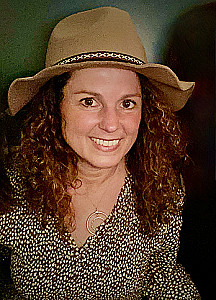Houghton Mifflin Educational AudioBook
Vocal Characteristics
Language
EnglishAccents
North American (General)Transcript
Note: Transcripts are generated using speech recognition software and may contain errors.
predators. Have you seen a bird ****** a worm from the ground or a cat pounce on a mouse? Recall that this interaction is called predation. Predation occurs when one organism, the predator, catches and feeds on another organism. The prey. Predation is an important limiting factor in an ecosystem. The graph below shows the populations of predator, Timberwolves and their dear pray in an ecosystem in the Midwest, the high points or spikes, show. When the populations are largest, the low points or dips show. When the populations are smallest, notice that the spikes and dips for both populations follow a similar cycle. This cycle occurs between many predator and prey species in a variety of ecosystems. When any prey population grows, predators have plenty to eat. As a result, the predator population grows with more wolves. Many more deer are killed than are born, so the deer population drops with its food supply reduced, the timber wolf population drops as well, with fewer Timberwolves hunting them. The surviving dear enjoy a period of reduced predation. The deer population rises again, and the predator prey cycle repeats itself. Predator and prey species can live together this way for a long time. Their numbers cycle from high to low and back again in a natural process of population control,
